Sanctions on Iranian and Venezuelan oil have forced the lucrative commodity to be traded in the black market. If the plan was to punish and topple the dictatorship of both countries, the Western powers have failed miserably. The sanctions on Russian oil have only made the situation worse- triggering an energy crisis which led to inflation and possibly recession next year.
If the U.S. could not even overthrow regimes in Iran and Venezuela with sanctions on oil exports, exactly how could they expect Vladimir Putin to quit so easily? Now that the G7 and the EU have started another scheme called “price cap” to punish the Kremlin, it would only lead to the booming of black market for oil. It’s puzzling that the West thought Russia would obediently comply with the price cap.
Effective Dec 5, 2022, the West has slapped a price cap on Russian oil at US$60 per barrel. Designed by the Group of Seven (G7) to limit Moscow’s revenues from oil exports so that it would cripple its ability to finance the ongoing Ukraine War, the price cap means Russia can export crude oil and insure it using the services of Western companies only if it sells it at US$60 per barrel or less.
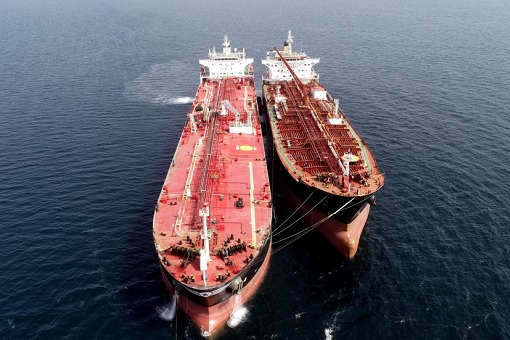
The idea was to punish Russia by slashing its profit because all the biggest shipping and insurance companies are based in Western Europe and the U.S., without which Russia might face difficulties in selling its crude oil. Russia, however, has repetitively threatened not to sell oil to countries enforcing the price cap. Such retaliation could create a shortage, hence skyrocketing oil prices.
But there is another alternative for Russia – “go dark” to avoid being tracked in the south Atlantic. As the G7 nations – Canada, France, Germany, Italy, Japan, the UK and U.S. – slapped yet another half-baked plan that was designed more for chest-thumping bragging than to bring Putin to his knees, Moscow simply goes to the black market to do its business.
According to maritime intelligence company Windward, the monthly average dark activities and ship-to-ship operations in the south Atlantic doubled in the period Sept-Nov period compared with the previous three months. Russia had been learning from the experts – Iran and North Korea – over the past six months on how to evade the sanctions ever since the price cap was hatched.
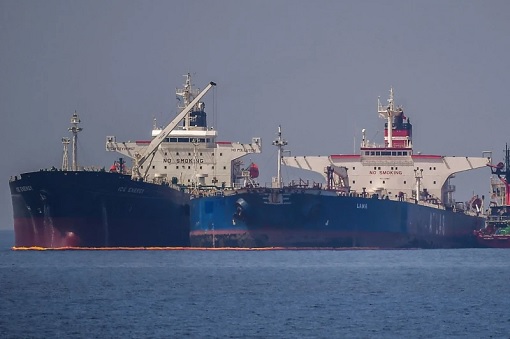
The actual number of dark activities could be higher because not all activities could be traced and tracked. Russia is believed to own a “dark fleet” of tankers to ship its oil beyond the territories that enforce the price cap. Taking a page from the playbooks of Iran and Venezuela, one of the tried-and-tested tactics is labeling the Russian oil as originated from elsewhere.
Turning off tanker transponders is the first step to go dark. North Korea performs this trick all the time. Tankers would quietly load and transport Russian oil to another ship or country. There was a case where Russian oil was being transported by a tanker under a Cameroon flag. The vessel first changed its registered owner to a Seychelles-based company in June 2022 along with its call sign.
The suspicious vessel then made a first visit to Cape Verde. About 2 weeks later, the tanker moved to the north mid-Atlantic, where it stayed for three days, before heading to the south Atlantic, just outside Namibia’s seas. To confuse the authorities, it sent false signals about its location. The ship then moved to Angola’s seas, transmitting from the exact same spot for six days.
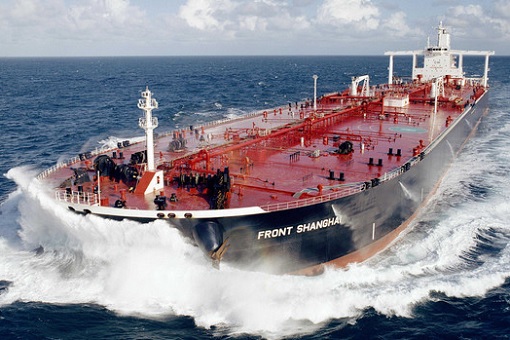
It finally sailed towards Asia and its final destination, the Malaysian port of Tanjung Bruas. Malaysian waters are notorious for ship-to-ship transfers and mislabeling of crude to hide the true origin of Iranian and Venezuelan oil. So, Russia could similarly use the same tactic. This year alone, Chinese customs data showed too many oil imports from Malaysia that it has raised eyebrows.
Analysts believe that China has been importing sanctioned oil disguised as originated from Oman or Malaysia. According to Vortexa tanker tracking data, China’s independent refiners have imported record volumes of Iranian crude last month, but labelled as coming from Malaysia and Oman to evade sanctions. For Russia, the eastern Mediterranean is their favourite playground.
Russian tankers conducted at least 175 oil transfers off the Greek coast between February and August 2022, compared to merely 9 transfers in 2021. In the North Atlantic, huge floating storage vessels perform Russian crude exchanges between tankers for shipment to Asia. Along the Danish straits, nearly 200 tankers pass through each month, carrying about 1.5 million barrels of crude per day.
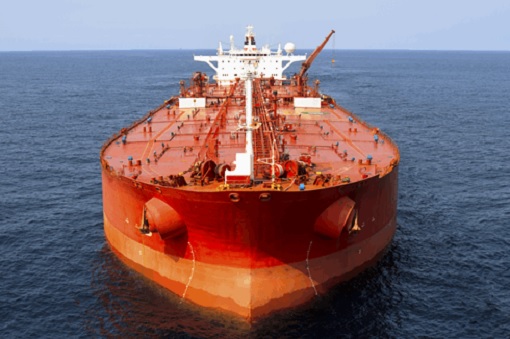
Another tactic is falsifying the positions of tankers via the Automatic Identification System (AIS) data to hide activity taking place hundreds of miles away. According to Lloyd’s List, one of the world’s oldest journals that produce weekly shipping news in London as early as 1734, five Chinese-owned ships transferred Russian oil about 860 nautical miles west of Portugal’s coast in July.
Analysts have identified more than 160 tankers that already carry sanctioned Iranian and Venezuelan crude around the globe. Because Russia produces more than twice as much oil as Iran and Venezuela combined, the fleet of dark tankers could grow to more than 400 vessels. The fact that Greece and Norway have been selling ageing tankers at top dollars to buyers to ship Russian oil to China and India means the West is fighting a losing battle.
Selling at massive discount of US$30 a barrel, there does not seem to be a shortage of buyers for Russian oil. Even in Houston, the heart of the U.S. Gulf Coast refining industry, there was a recent case of trader Jonathan Plemel of Sidewalks Holdings being offered heavy crude claimed to be originated from Mexico. However, the red flag is the 30% discount.
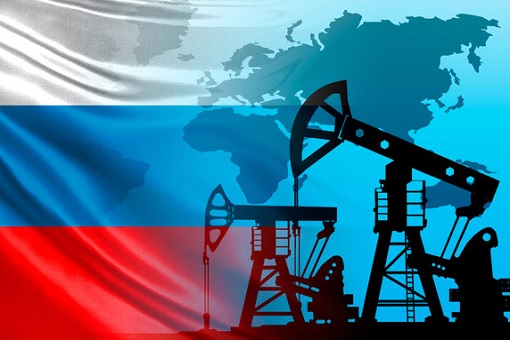
To make things complicated and tricky to Western insurance companies, the top three Russian oil blends – Urals, Sokol and ESPO – are priced under forward or floating contracts, meaning that the final price of a cargo is only determined several weeks after the purchase of the crude oil. Without knowing the price, traders as well as the insurance companies don’t know whether the price cap is complied or not.
It was deliberately done to force insurance companies to make a hard decision – either approve the cargo or risk creating delays to the delivery of the commodity, which could lead to disruption in the physical market. For example, Turkey has started asking for proof of insurance for all tankers, leading to more than 20 tankers stuck in the Turkish straits with more than 20 million barrels of crude oil.
Like it or not, shipping and insurance firms may not have complete information about how much their clients pay for each shipment. Vessels could forge documents, declaring that they had bought within the price cap and there’s nothing the insurance companies could do to verify it. And there’s absolutely no way the insurance firms know whether the oil originated in Russia or otherwise.
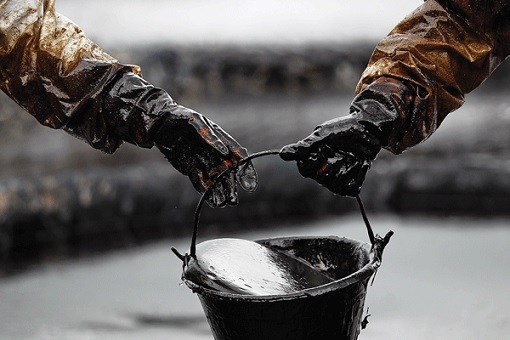
Other Articles That May Interest You …
- The $60 Oil Price Cap Officially Kicks In – But Here’s Why The Half-Baked Plan Has Little Impact On Russia
- Here’s What The West Plans To Do With Russia’s $300 Billion Frozen Reserves – And Moscow Warns Of Similar Retaliation
- Proof British Navy Blew Up Nord Stream – PM Truss Sent Text Message “It’s Done” To Secretary Of State Blinken After Attacks
- Moscow & Beijing Laughing All The Way To The Bank – How China Makes Easy Money Reselling Russian Gas To Europe
- Europe Apocalypse – Electricity Above €1000 For The First Time, All Hell Breaks Loose
- Oil Price Could Go Higher & Europe Could Be In Trouble – Putin Might Abruptly Cut Gas Supplies To The E.U. In Coming Weeks
- A Shift In Propaganda To Damage Control In Washington – Why President Biden & Western Media Making U-Turn Now
- Russia Cuts Off Gas To Poland & Bulgaria – European Gas Jumps 24% As Putin Starts Punishing “Unfriendly Countries”
- U.S. Sanctions Fail – How Russian Currency Emerges Stronger Than Pre-War With A New Gold Standard
- Pay Gas In Ruble Or Else – Europe In Serious Trouble As Putin Retaliates Against Western Sanctions
- From Wheat To Oil & Gas – How Russia Invasion Of Ukraine Affects Europe’s Food Supply, And Even Your Loaf Of Bread

|
|
December 13th, 2022 by financetwitter
|


|

|

|

|

|

|




























Comments
Add your comment now.
Leave a Reply